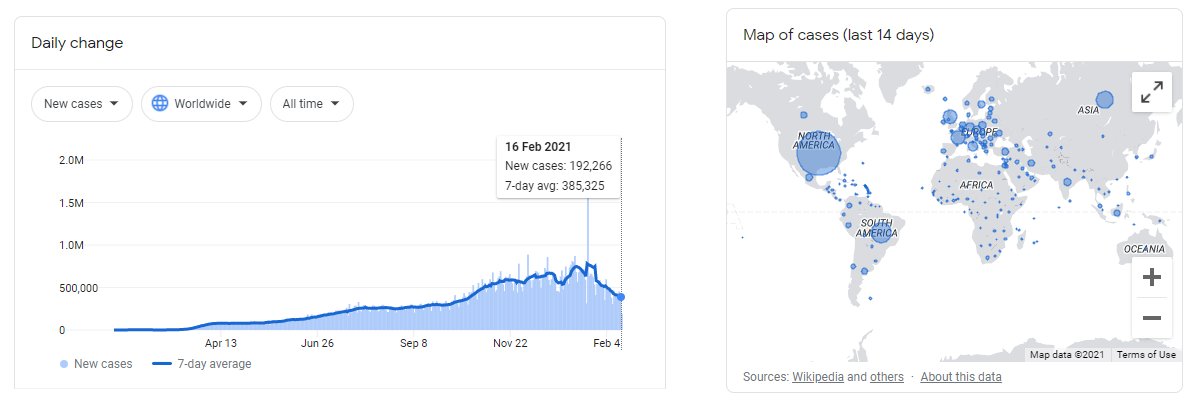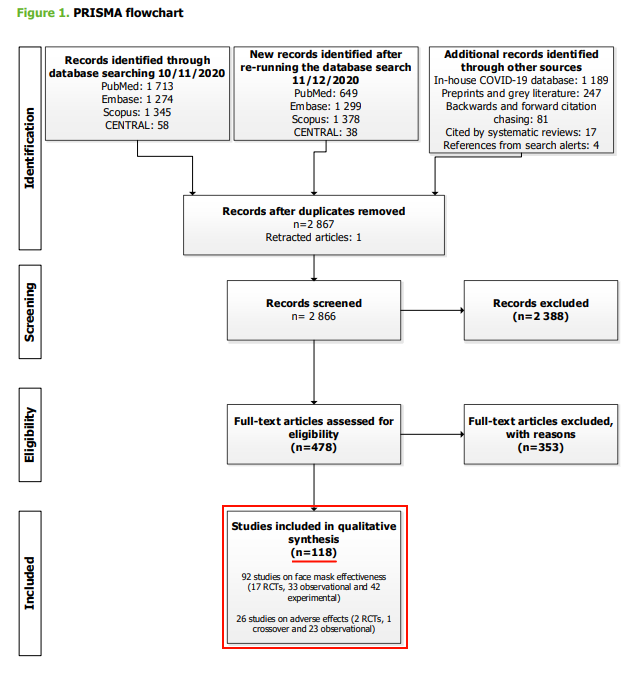
Let's play a game. I will ask a few things about SARS-Cov-2 and you respond in a poll. Let's see how many points do you get.
#1: Is there a non-human reservoir or vectors (or both)?
#1: Is there a non-human reservoir or vectors (or both)?
#2: Is the disease geographically restricted?
#3: Is there a 'sterilizing' vaccine or any other transmission-disrupting alternative?
#4: Is someone infectious easily diagnosable or recognizable?
How many do you think you scored correctly?
#1 - No, Minks among other mammals are known to be reservoirs.
bbc.com/news/world-eur….
bbc.com/news/world-eur….
#3 - No (for now). We are not entirely sure yet. Could be a yes, could be a no. BUT, so far everything points toward the vaccines not providing the ability to avoid contagion, just to diminish the lethality and symptoms of the disease.
#4 - No. If asymptomatic is infectious we have no easy way to discover that someone is carrying the virus.
How many did you really score right?
Have you seen this set of questions before?
My mistake here, this is YES
If you have, you know that this is the checklist for assessing if it is possible to achieve virus eradication. If you haven't, now you know ;)
asm.org/Articles/2020/…
For eradication to be possible, you need to say Yes to all except #1 (I wrote the positive, not the negative)
asm.org/Articles/2020/…
For eradication to be possible, you need to say Yes to all except #1 (I wrote the positive, not the negative)
Eradication: “permanent reduction to zero of the worldwide incidence of infection caused by a specific agent as a result of deliberate efforts.”
Do you think SARS-Cov-2 eradication (also known now by the ZeroCovid marketing name) viable?
Do you think SARS-Cov-2 eradication (also known now by the ZeroCovid marketing name) viable?
• • •
Missing some Tweet in this thread? You can try to
force a refresh







